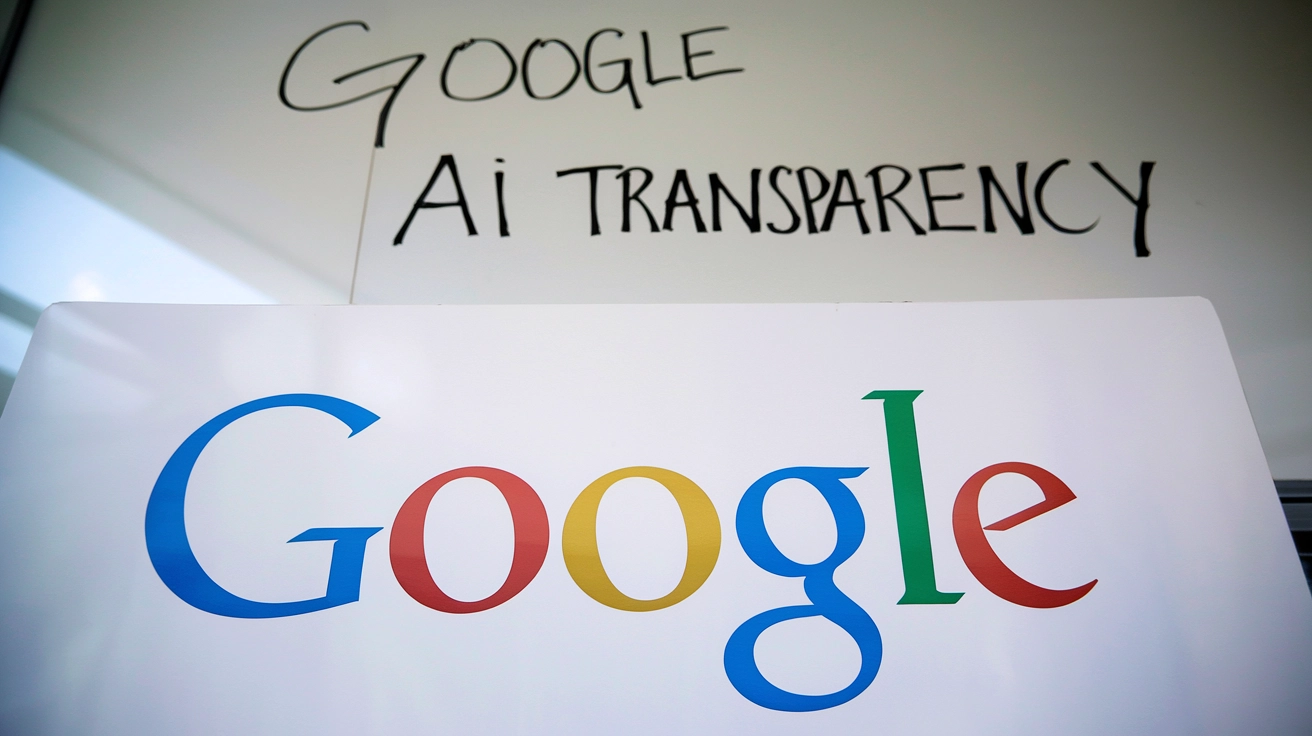Enhancing Transparency for Gen AI Content with C2PA

Introduction to Content Transparency
As artificial intelligence continues to influence various products and services, Google places a strong emphasis on enabling users to comprehend how content is created and altered over time. In pursuit of this goal, the tech giant is investing in innovative solutions, including the C2PA (Coalition for Content Provenance and Authenticity), to enhance transparency in generative AI content.
Collaborating with Industry Partners
Recognizing the necessity for cooperative efforts within the industry, Google has joined forces with other tech entities to advance online content transparency as it traverses multiple platforms. As part of this initiative, Google’s involvement as a steering committee member for the C2PA has been instrumental in developing new provenance technology aimed at tracking the lifecycle of digital content.
The Role of Provenance Technology
Provenance technology serves to elucidate whether an image, video, or audio recording was created by traditional means or generated by AI. This transparency is pivotal in empowering users to make informed decisions about the content they consume, thereby fostering media literacy and trust among audiences.
Updates on C2PA Technology
Google has actively collaborated to refine the C2PA standard, recently releasing version 2.1, which introduces stricter security measures against tampering. Enhanced validation requirements are in place to mitigate risks of misleading information regarding a piece of content’s history. This commitment to security ensures that information about content provenance remains reliable and trustworthy.
Implementation Plans for C2PA
In the coming months, Google plans to embed the latest version of Content Credentials into several key products. An exciting prospect includes the potential for C2PA details to be communicated to users on YouTube for content captured via conventional cameras. Users will benefit from clearer content origins, enhancing their understanding of the materials they engage with.
Establishing Content Provenance
As Google continues to incorporate C2PA technology, it acknowledges the complexities associated with content provenance across various digital mediums. There remains a variety of challenges based on specific platforms or services; however, Google emphasizes the significance of developing interoperable solutions in partnership with other industry players.
Broader Commitment to AI Transparency
This C2PA-related work further enhances Google’s overarching commitment to transparency and ethical AI development. Initiatives such as embedded watermarking technology created by Google DeepMind are being integrated into generative AI tools across different media types, including text, audio, and video.
Conclusion: Advancing AI Responsibly
Google’s proactive steps towards improving content transparency through C2PA illustrate the tech giant’s dedication to responsible AI practices. By continuously refining and deploying provenance technology, Google aims to create a safer, more informed online environment where users can engage with AI-generated content with greater confidence and clarity.